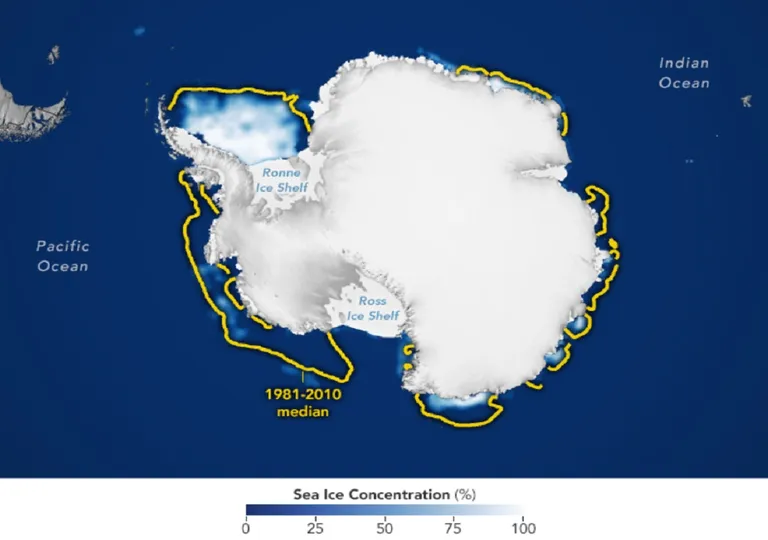According to the scientists of that organization, this year’s minimum is 850,000 square kilometers below the average minimum extent of Antarctica of 2.84 million square kilometers between 1981 and 2010.
They stated that this is 200,000 square kilometers above the previous record low set on February 21, 2023.
“On February 20, 2024, this minimum figure was recorded, thus tying for the second lowest place in the satellite record from 1979 to 2024,” the experts pointed out.
This marks the third consecutive minimum Antarctic sea ice extent below 2.0 million square kilometers. The three lowest rates in 46 years were recorded in 2022, 2023 and 2024 and five of the smallest Antarctic sea ice extents have occurred since 2017.
The trend in Antarctic minimum extent is negative and between 2013 and 2015 processes such as those near record lows were recorded. Annually sea ice declines by about 4,700 square kilometers per year, or 1.7 percent per decade relative to the 1981-2010 average.
This contrasts sharply with the Arctic, where the trend in sea ice minimum is larger in magnitude and is of great statistical significance, the NSIDC noted.
jg/arm/mem/cd









